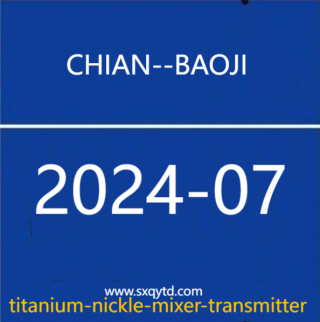Nickel flange specification and size selection
[ 信息发布:本站 | 时间:2024-03-14 | 浏览:501 ]
Nickel flange specification and size selection

Specification and Size Selection of Nickel Flanges:
When selecting nickel flanges for a piping system, careful consideration of specifications and sizes is crucial to ensure compatibility and optimal performance. Here are key factors to consider:
-
Flange Type: Determine the type of flange required for the application, such as slip-on, weld neck, blind, socket weld, or threaded flanges. Each type has specific features and benefits suited to different piping system requirements.
-
Pressure Rating: Consider the pressure rating required for the system, which determines the maximum allowable pressure the flanges can withstand. Ensure that the selected flanges have a pressure rating that meets or exceeds the operating pressure of the system.
-
Flange Facing: Choose the appropriate flange facing based on the sealing method used in the system, such as raised face (RF), flat face (FF), or ring-type joint (RTJ). The flange facing should match the facing of the mating flange to ensure proper sealing.
-
Size: Select the size of the flanges based on the nominal pipe size (NPS) of the piping system. Flanges are available in various sizes ranging from 1/2" to 24" or larger, with standard dimensions specified by industry standards such as ASME B16.5 or ASME B16.47.
-
Material Grade: Choose the appropriate material grade for the flanges based on the corrosive environment and temperature requirements of the application. Nickel-based alloys such as Monel, Inconel, or Hastelloy offer excellent corrosion resistance and mechanical properties suitable for a wide range of industrial applications.
-
Temperature Range: Ensure that the selected flanges are rated for the temperature range of the application. Nickel-based alloys typically offer good temperature resistance, but it's essential to verify compatibility with the specific operating conditions.
-
Standards Compliance: Verify that the flanges comply with relevant industry standards such as ASTM, ASME, and ANSI. Compliance ensures quality, performance, and regulatory adherence.
By carefully considering these specifications and selecting the appropriate size of nickel flanges, you can ensure compatibility, reliability, and durability within your piping system. Consulting with a qualified engineer or supplier can also help in making informed decisions regarding flange selection.
Shaanxi Qianyi Tuoda Technology Co., Ltd;Email:qy002@sxqytd.com;WhatsApp +8618829679311
